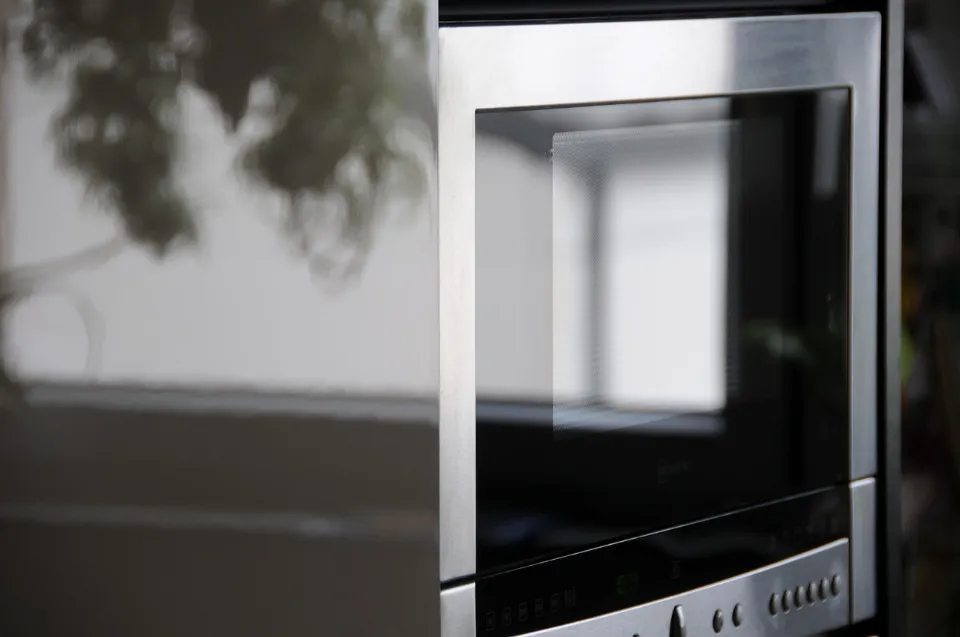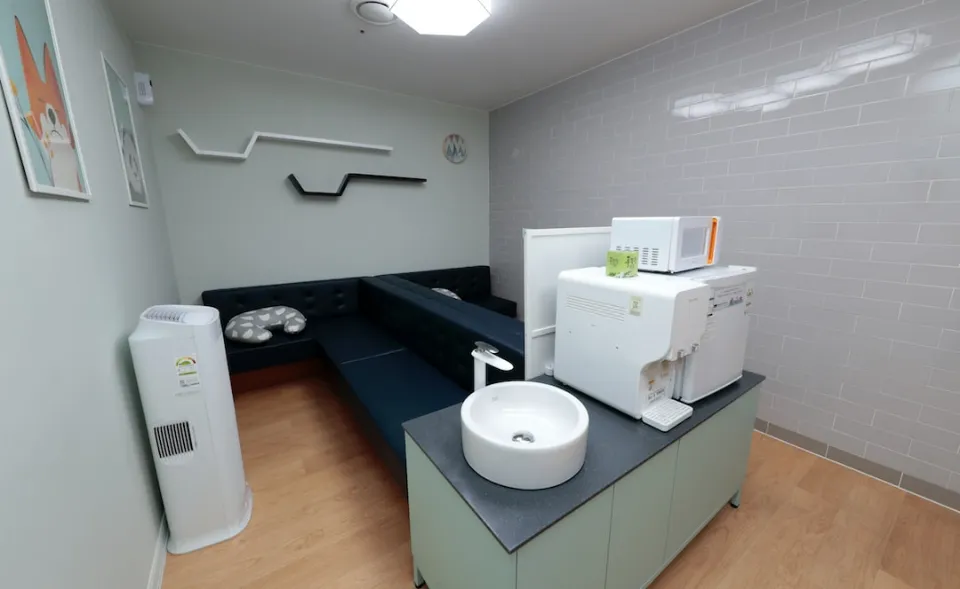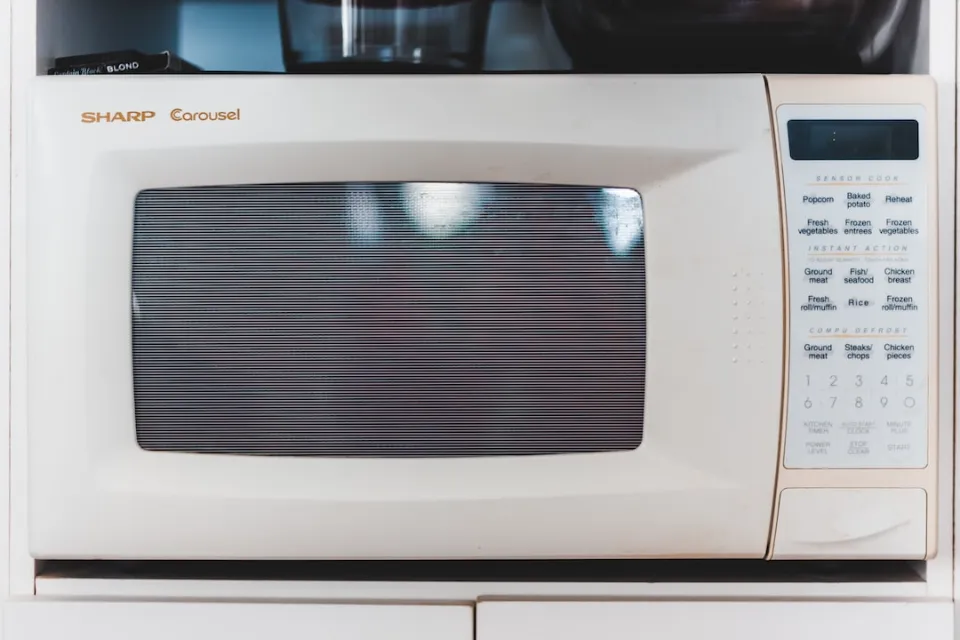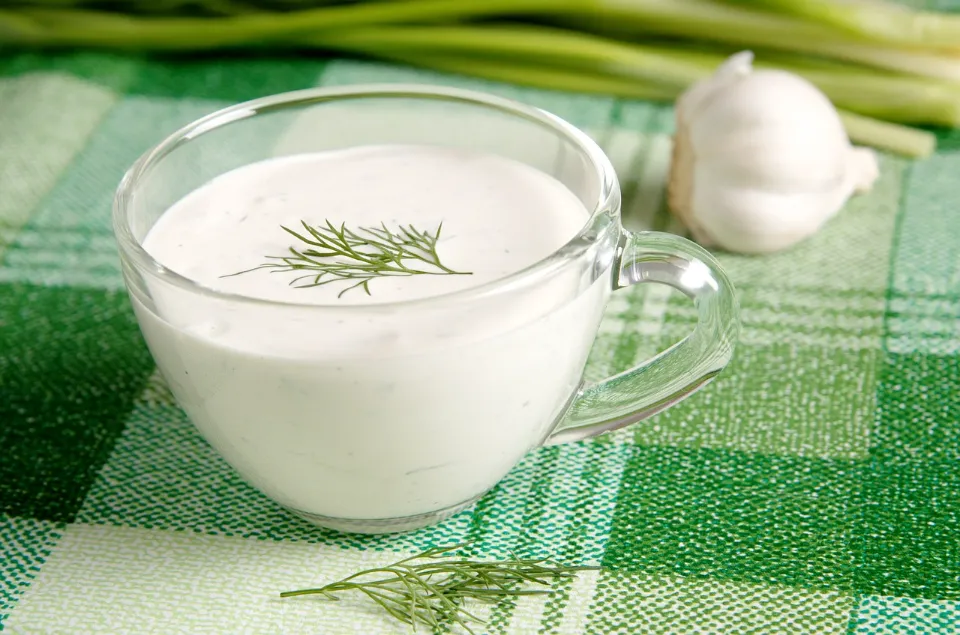Kitchen appliances like the microwave are a necessity. For most of us, having a steaming hot meal ready in minutes is nothing short of a dream come true.
An average 1000 Watt microwave draws 10 Amps, according to estimates. Your unit’s wattage will determine the precise amps used.
In today’s article, we’ll look at how much a typical microwave draws in power, what this means for your bills, and how you can use these numbers to make smarter choices.
What is An Amp as It Relates to Power?
It’s interesting that both manufacturers and electricians will tell you that you need a circuit with at least 15 to 20 amps. The reason for this is that even though your microwave oven puts out 1,000 watts, that does not mean it only uses that much. In fact, a 1,000-watt microwave oven will typically use about 1,700 watts.
You must divide the used wattage (1,700) by the applied voltage (120) to determine the amperage. 1,700 divided by 120 is 14.2 amps so your microwave oven will need at least a 15-amp circuit all by itself. However, you will frequently trip the breakers if anyone plugs anything else into that circuit. For extra security, it is preferable to use a 20-amp circuit.
Read More: How Does A Microwave Oven Work – Complete Guide to Use It in 2023
Microwave Oven Wattage

There are a few ways to figure out your microwave’s wattage if you are unsure. First of all, it should be in your owner’s manual. But a week or so after purchasing the microwave, I believe many of us either lost it or threw it away.
You can always check your microwave oven to see if there is a manual there if you can’t find yours. In most cases, both the input and output wattage should be listed right on the inner part of the door. If not, check one of the interior walls of your microwave. Additionally, you’ll see the voltage, which is typically 120.
How to Calculate Microwave Amp Usage?
You can quickly determine the amp usage by using the formula (I = P / V), assuming your microwave is plugged into a typical 110V outlet.
I = the current in amps, P = the wattage of the microwave, and V = the outlet’s voltage (120V).
The majority of microwaves use between 600 and 1200 watts. The formula 600W / 120V = 5A can be used, for instance, to determine how many amps a 600W microwave will use.
The same goes for other microwaves:
- A 1100W microwave draws 9.16A
- A 1200W microwave draws 10A
While using a multimeter or an ammeter will give you a more accurate estimate of your microwave’s power consumption, it is still advisable to do so. You can obtain a more accurate reading in this manner. If you want to learn how to use a multimeter, watch this tutorial video.
You can always get in touch with a licensed electrician to double-check the readings if electricity isn’t your strong suit. Safety first!
A Table Showing Various Microwave Wattage and Amps It Uses
Microwaves can significantly increase your energy bill due to their high energy consumption. Here is a table that displays the typical wattage and the corresponding amps to help you better understand the power consumption of various models.
PS Apply the equation I = P / V.
| Wattage Voltage | 600-Watt | 800-Watt | 1100-Watt | 1400-Watt |
| 110 V | 5.5 amps | 7.3 amps | 10 amps | 12.7 amps |
| 120 V | 5 amps | 6.7 amps | 9.2 amps | 11.7 amps |
| 220 V | 2.7 amps | 3.6 amps | 5 amps | 6.4 amps |
You can determine if your microwave is using too many amps based on this information. An added bonus is that I always unplug my microwave after use to conserve energy and money.
What Factors Affect How Much Power a Microwave Oven Uses?
Cooking time, microwave size, and the kind of food being reheated/cooked are just a few of the variables that affect how much power your microwave uses.
Here’s a breakdown of each:
1. Cooking Time
In general, a microwave uses more energy the longer it cooks, and vice versa. Therefore, you won’t need to be concerned about consuming too much power if you’re just briefly heating a snack. To save money, I suggest investing in a high-efficiency model.
2. Microwave Size
Imagine it as your microwave’s wattage. The wattage and amp requirements of large microwaves are typically higher than those of smaller models. However, they’re faster, saving you time and energy in the long run.
3. Type of Food
The amount of power your microwave uses will depend on the kind of food you’re cooking or reheating. Vegetables, which have a high water content, require less cooking energy than foods like meats and grains, which have a lower water content.
The more water present, the more effectively food will cook because microwaves heat the water molecules inside food.
4. Atmospheric Conditions
Your microwave might use more power to reheat and cook food if you live in a region with higher-than-average humidity. As more heat is absorbed by water in the atmosphere, your appliance will have to work harder.
How to Save Power When Using a Microwave

An unexpectedly large amount of electricity can be used when using a microwave. Fortunately, with a few easy adjustments and advice, you can keep your food warm while saving money and power.
Here’s how:
1. Unplug Your Microwave When Not in Use
Although it might seem obvious, microwaves still use a small amount of power when not in use. This may accumulate over time and raise your monthly electric bill. Make it a routine to unplug your microwave after each use for cooking or reheating.
2. Choose Low to Medium Power Settings
There are typically three power settings on microwaves: High, Medium, and Low. High is usually the default setting.
For best results, choose either the medium or low setting. With these options, you can cook your food perfectly while using significantly less energy.
Additionally, since high-power settings are primarily responsible for overcooking, you won’t have to worry about it.
3. Use the Appropriate Container Size
Make sure the container you’re using is microwave-safe and the correct size. In order to prevent energy from being lost, it shouldn’t be more than three times the size of your meal. In this manner, a tasty meal can be obtained without using a lot of energy.
4. Avoid Opening the Microwave Door Unnecessarily
Avoid opening the microwave door while cooking. The microwave must produce more power each time the door is opened in order to heat the food to the desired temperature.
And if you must peek at your food while cooking, keep the opening time to a minimum. Or, spend money on a reliable, vintage kitchen timer.
5. Regularly Stir the Food
When cooking in the microwave, stirring the food helps the heat be distributed evenly, resulting in properly cooked food. As a result, cooking time and power consumption are reduced.
6. Clean Regularly
Maintaining a clean microwave will enhance performance, increase efficiency, and lower power usage. Keep the interior free of messes, splashes, and food crumbs by giving it a routine wipe-down. Additionally, it will increase the microwave’s lifespan.
7. Invest in An Energy Efficient Microwave
Don’t just choose any microwave when you’re looking for a new one. Consider a model that features Inverter Technology, allowing more precise and consistent power levels.
Also, check for the ENERGY STAR certification, which indicates that the model has met the US Department of Energy’s efficiency standards. You’ll end up saving money even though it may cost more up front.

Final Words
In general, input current, also known as the current drawn, is a crucial factor in everything to do with electrical circuits and electrical components.
Knowing your microwave’s input current, the size of your breakers, the size of your cables, etc., and whether they are all compatible with one another is crucial, as is obvious.
FAQs
Can a Microwave Be on a 15-amp Breaker?
Most microwaves draw between 5 and 12 amps when plugged into a 120-volt circuit. Your unit’s wattage will determine the precise amps used. As a result, a 15-amp breaker can safely handle a microwave with a wattage of 1500 or less.
How Many Amps Does a 1500w Microwave Use?
A 1500w microwave will draw approximately 12.5 amps when plugged into a 120-volt circuit and 13.6 amps at a 110-volt circuit. The amperage will drop to 6.25 amps when using a 240-volt circuit, or almost 50%.
Does a Microwave Need a 20 Amp Circuit?
Yes, a 20 amp circuit is required for a microwave. The National Electrical Code (NEC) stipulates that the majority of microwaves must have their own separate circuit to guarantee they have sufficient power to function as intended.
Does a 1000 Watt Microwave Need a Dedicated Circuit?
A dedicated circuit is not required for a 1000 watt microwave. However, if you have other appliances that use a lot of power on the same circuit as the microwave, it might be a good idea to upgrade to a dedicated circuit to avoid overloading the circuit.








